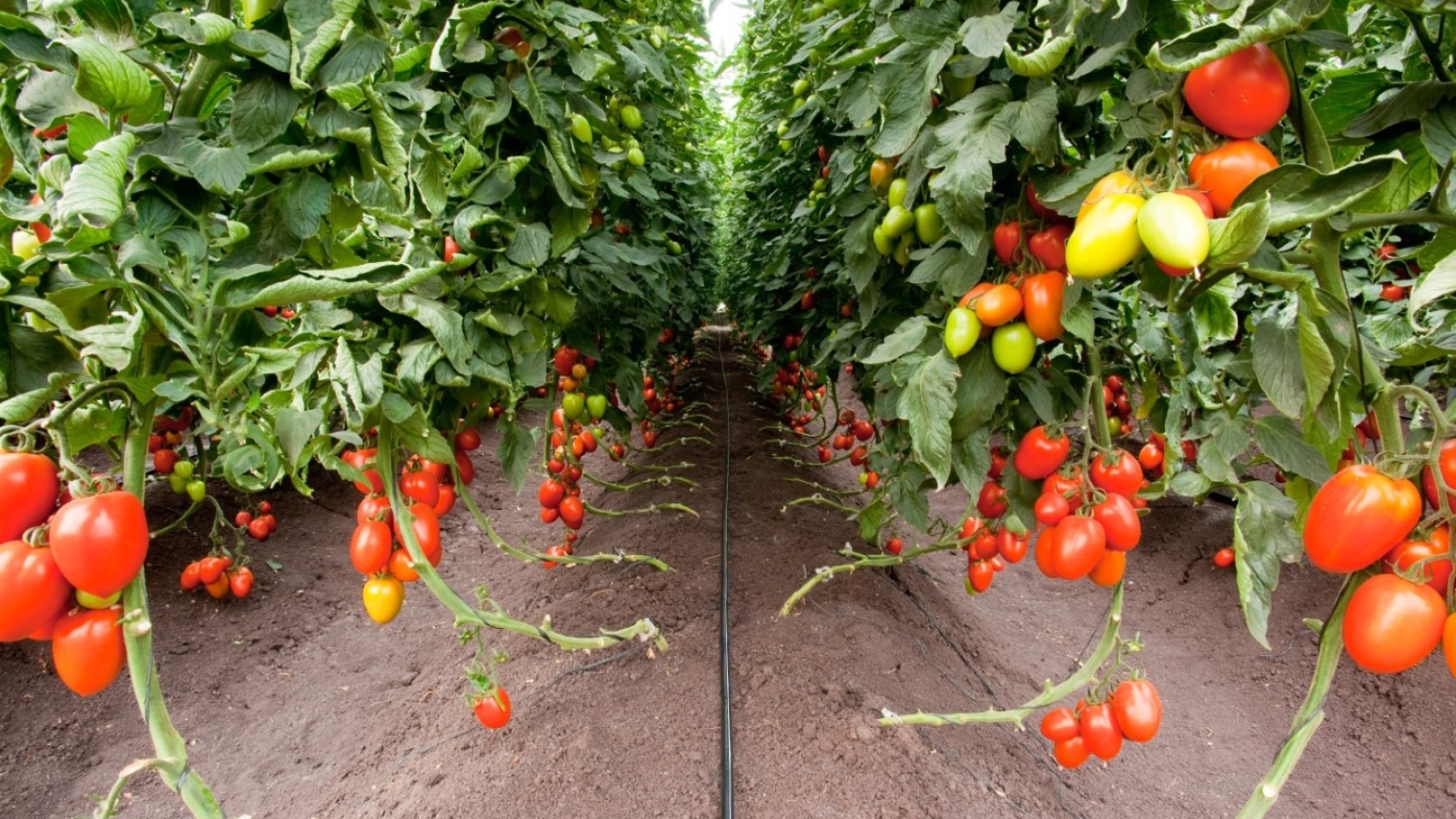Tomatoes are a cornerstone of Nigerian agriculture, finding their way into a multitude of traditional dishes and modern cuisines. However, the challenge of achieving robust tomato harvests necessitates a strategic approach to water management. In this context, the implementation of drip irrigation, renowned for its water efficiency, takes on paramount importance.
Decoding Drip Irrigation: Drip irrigation stands as an innovative technique where water is supplied directly to the root zones of plants via an intricate network of tubes, pipes, and emitters. This approach mitigates water wastage and curtails the risks of overwatering, fostering an environment conducive to healthier plant growth.
Leveraging Drip Irrigation for Nigerian Tomato Cultivation:
- Water Conservation: Drip irrigation demonstrates its water-saving prowess, conserving up to 50% more water than conventional watering techniques. Given Nigeria’s water scarcity concerns, this is a vital benefit.
- Optimal Root Development: The precision of drip irrigation minimizes moisture contact with foliage, reducing susceptibility to fungal infections. This factor is instrumental in enhancing root health and facilitating the uptake of essential nutrients.
- Elevated Yield and Quality: The uniform water supply facilitated by drip irrigation leads to more consistent tomato sizing, flavor, and color. Enhanced fruit quality bolsters both local consumption and export potential.
- Weed Management: By solely targeting the root zones, drip irrigation restricts weed growth in unintended areas, decreasing competition for resources and fostering healthier tomato plants.
- Efficiency Gains: Drip irrigation systems, once established, require minimal oversight. This transition from labor-intensive watering methods can liberate substantial time and resources.
Designing a Drip Irrigation Blueprint for Nigerian Tomato Farms: Developing a tailored drip irrigation system for tomato cultivation entails the following strategic steps:
- Quantifying Water Demands: Accurate assessment of water requirements based on factors such as climate, tomato variety, and soil characteristics in the Nigerian context.
- Component Selection: Opting for premium-quality components, including drip tubing, emitters, connectors, filters, pressure regulators, and stakes, tailored to the Nigerian agro-climatic conditions.
- Spatial Layout: Meticulous arrangement of the drip system, considering plant spacing, terrain variations, and water pressure dynamics. Placing emitters near the root zone, typically aligned with the canopy’s drip line, is critical.
- Installation Protocol: Laying the drip tubing along the rows and securing it with stakes. Precise emitter attachment and optimal distribution across the field ensure uniform water supply.
- Secure Water Source: Establishing a reliable water source, such as a well-maintained hose bib or a dedicated irrigation line, fortified with a filtration system to avert debris-related clogs.
- Testing and Calibration: Initiating the system to assess water distribution, followed by adjustments to emitter flow rates and spacing to guarantee equitable moisture dispersion.
Sustained Maintenance and Considerations: Regular maintenance holds the key to sustaining drip irrigation systems’ performance in Nigerian tomato cultivation:
- Flushing Regimen: Routine system flushing to forestall clogs and mineral accumulation within emitters, which can disrupt water flow.
- Leak Checks: Vigilant inspection to detect leaks, tubing damage, and emitter obstructions, with timely remedies to ensure uninterrupted water supply.
- Soil Moisture Monitoring: Employing soil moisture sensors to gauge moisture levels, preventing both water stress and waterlogging situations.
- Dynamic Adjustments: Adapting irrigation schedules in sync with varying weather patterns and tomato growth stages, which are quintessential in the Nigerian context.
- Winter Preparedness: Executing a comprehensive winterization protocol, including draining the system to preempt freezing and component deterioration.
In Closing: Drip irrigation serves as a transformative solution for Nigerian tomato producers, optimizing water utilization and augmenting crop productivity. The calculated deployment of this technique resonates profoundly within the local agricultural landscape, fostering tomato harvests that not only satiate national demand but also have the potential to contribute to broader economic growth through exports. By orchestrating the orchestration of an efficient and meticulously maintained drip irrigation system, Nigerian farmers can harness the power of technology to yield tomato crops that reflect both quality and quantity.


 Cart is empty
Cart is empty 
Leave A Comment